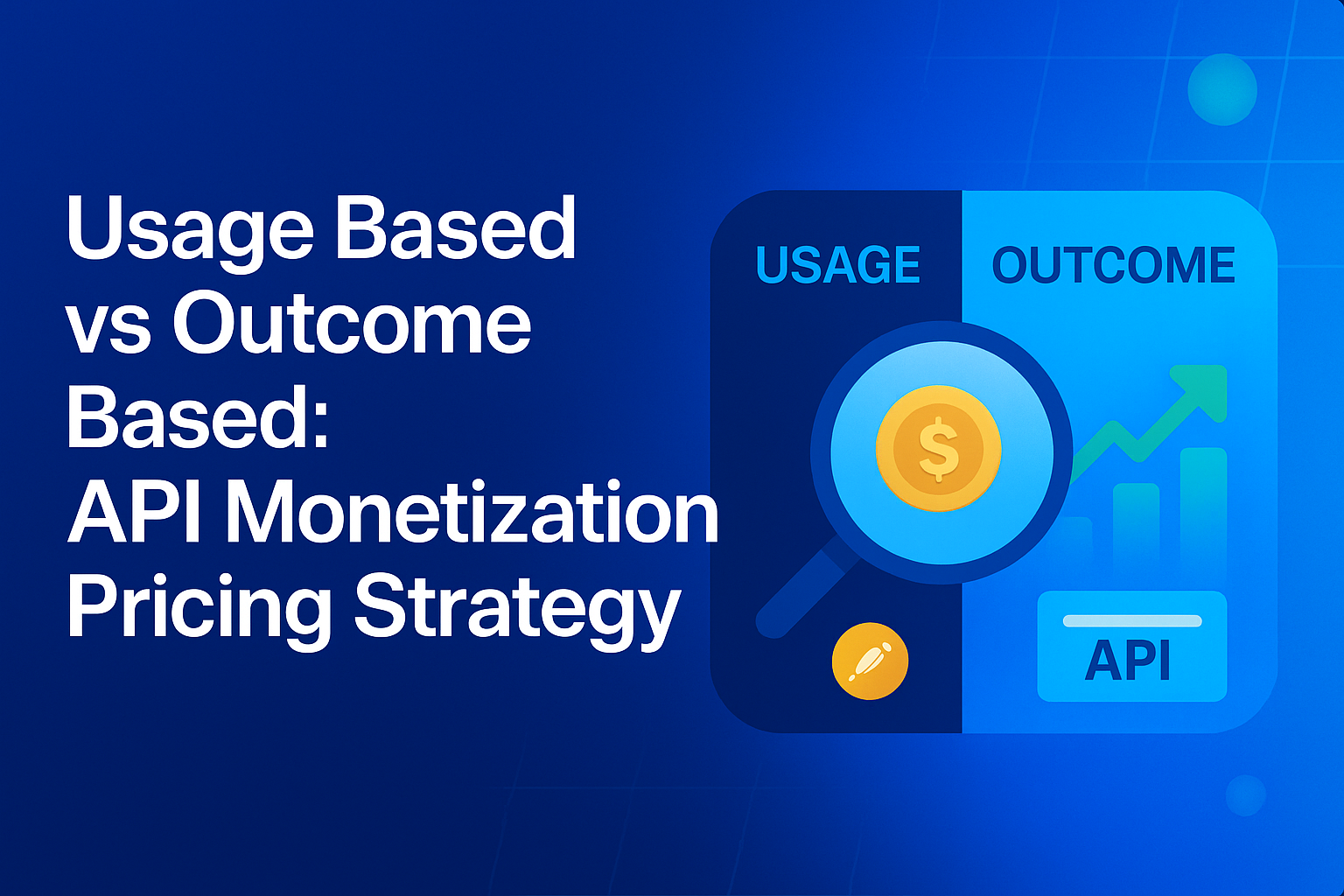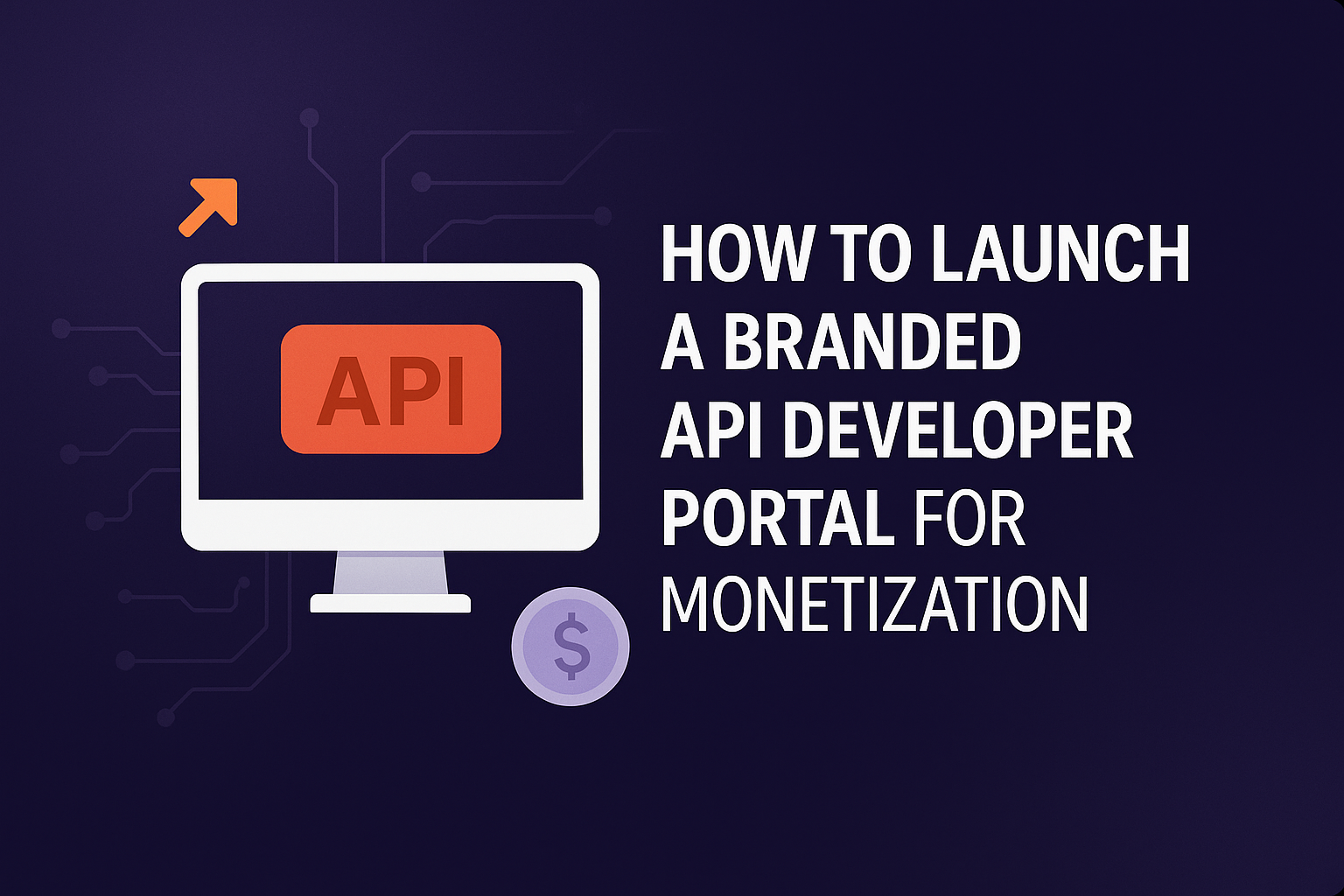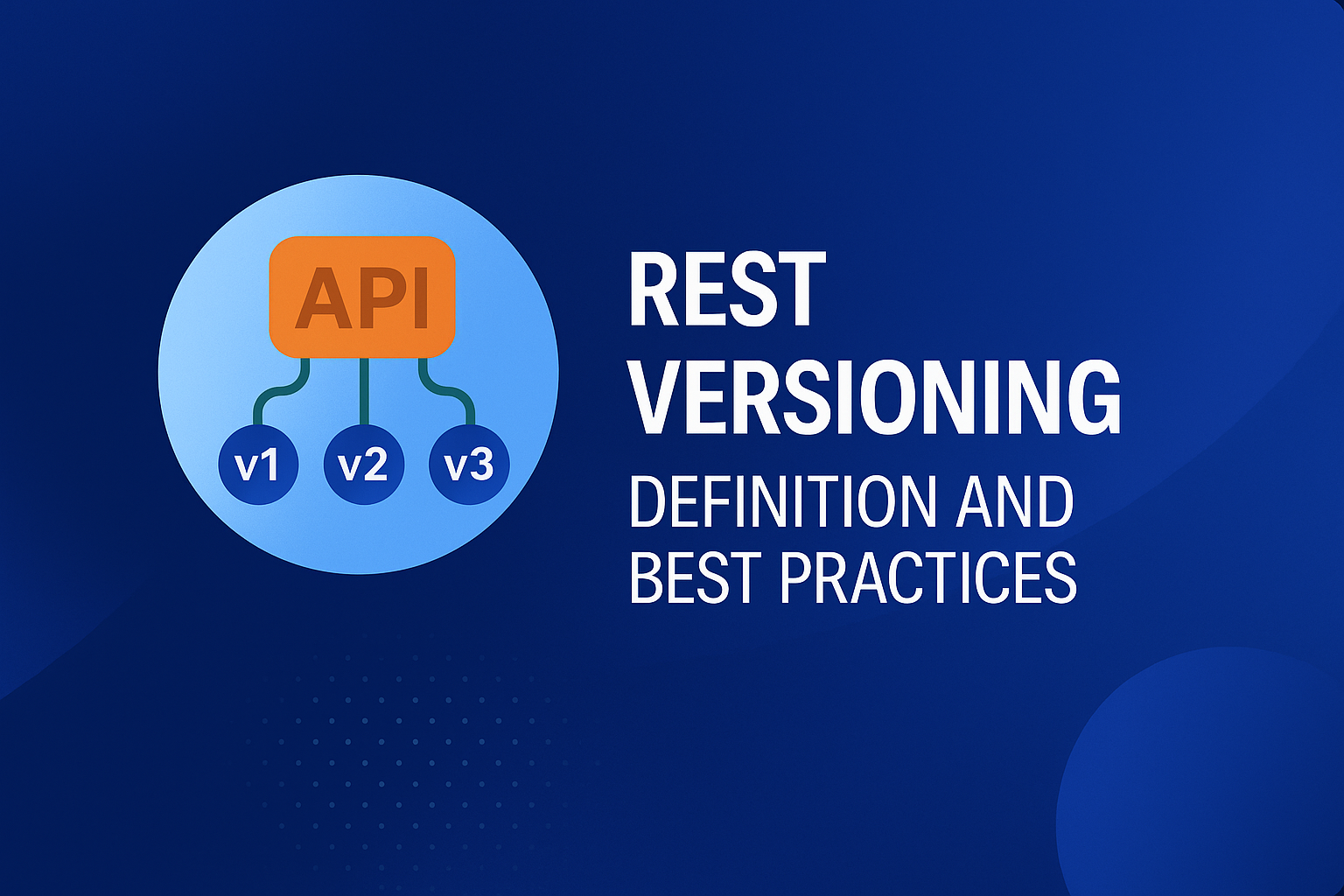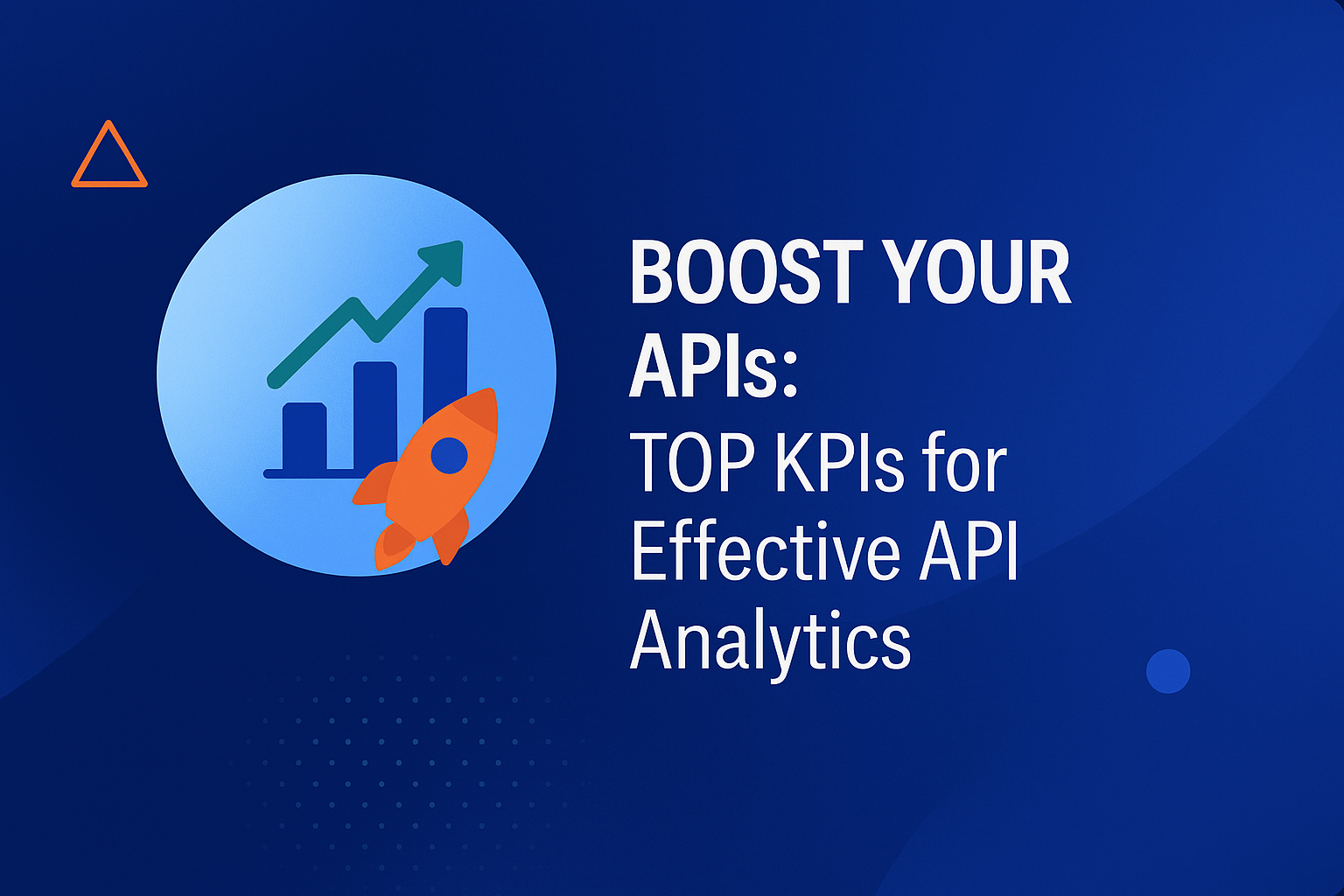
Pricing is the heartbeat of any API business model; it decides not just how you earn revenue, but how developers perceive value. As APIs evolve from simple endpoints to full-fledged products, choosing the right API monetisation pricing strategy becomes critical.
Two models have emerged as frontrunners: Usage-based API monetisation and Outcome-based API pricing. The first charges customers for measurable usage, like API calls, data volume, or compute time, while the second ties pricing directly to the business results your API enables, such as successful transactions or leads converted.
Both approaches sound compelling, but they serve different goals and maturity levels. Usage-based pricing rewards scalability and transparency, while outcome-based pricing aligns revenue with tangible value. The challenge for most API providers isn’t which is better; it’s which fits your product, customers, and growth stage.
In this blog, we’ll break down the differences between usage-based and outcome-based pricing, explore when to apply each, and share best practices to build a sustainable, value-aligned monetisation model for your APIs.
What is usage-based pricing for APIs?
Usage-based pricing is the most common and intuitive API monetisation model, where customers pay based on how much they use your API. Instead of fixed subscription tiers, the billing is tied directly to measurable metrics such as the number of API calls, data processed, storage consumed, or compute time utilised.
This approach aligns cost with consumption, ideal for developers and businesses that want flexibility without committing to large upfront costs. It allows users to start small, scale usage as demand grows, and pay only for what they actually consume. For API providers, it encourages adoption and reduces friction in early stages, especially for infrastructure or data-driven products where value scales linearly with usage.
For example, OpenAI’s API or Twilio’s messaging API both use usage-based models, you’re charged per token processed or per message sent. This transparency helps developers experiment freely while ensuring providers generate revenue in proportion to actual API traffic.
However, while usage-based API pricing offers transparency and scalability, it also introduces challenges around revenue predictability and billing complexity. Providers need robust metering and analytics to track usage accurately and ensure the model remains sustainable as customers scale.
What is outcome-based pricing for APIs?
Outcome-based pricing is an advanced API monetization strategy where customers pay not for how much they use an API, but for the value or results that the API helps them achieve. Instead of charging per API call or gigabyte of data, pricing is tied to measurable business outcomes such as successful transactions, verified leads, or revenue generated through the API.
This model shifts the focus from consumption to impact. It appeals to enterprises that value alignment between cost and success, ensuring they only pay when the API delivers tangible results. For API providers, it creates deeper partnerships and positions their APIs as enablers of business growth rather than just technical utilities.
For example, Stripe’s payment APIs can be seen as partially outcome-based, businesses pay a small percentage per successful transaction rather than per API request. Similarly, an AI-driven fraud detection API could charge per fraudulent transaction prevented.
While outcome-based API pricing strengthens value alignment, it demands reliable data tracking, outcome attribution, and trust between provider and customer, often best suited for mature, high-value integrations.
Usage-based vs outcome-based: Key differences & when to use which
Usage-based vs outcome-based, both models aim to align pricing with value, but in very different ways. Usage-based pricing measures the quantity of API consumption, while outcome-based pricing measures the quality of business results. Here’s a breakdown of their core differences to help you decide which fits your API strategy best.
When to use usage-based pricing
- Your API usage is easy to quantify, like requests, messages, or data processed.
- You’re targeting developers, startups, or product teams who prefer flexibility and transparency.
- Your infrastructure costs scale linearly with usage (e.g., compute, storage, bandwidth).
- You want quick adoption and low friction for onboarding new users.
- Your value per call or transaction is roughly consistent across customers.
- You can easily implement metering, billing, and usage tracking.
When to use outcome-based pricing
- Your API directly influences measurable business results, such as sales, fraud prevention, or engagement.
- You serve enterprise customers who value ROI-driven pricing over volume-based billing.
- Outcomes can be clearly tracked and verified using reliable metrics.
- You’re looking to build long-term, value-based partnerships with customers.
- Your API plays a critical role in your customer’s workflow or revenue stream.
- You want to differentiate your offering by aligning your success with your customer’s success.

Implementation considerations & best practices
Whether you choose usage-based or outcome-based pricing, success depends on execution. A clear pricing strategy without proper tracking, measurement, or communication can quickly erode trust and profitability. Here are the key considerations and best practices to build a sustainable and scalable API monetization model.
1. Define the right value metric API monetization model.
Your pricing model is only as strong as the metric behind it. Choose a metric that reflects how customers derive value, whether it’s API calls, data processed, or business outcomes achieved. Avoid metrics that are hard to explain or measure consistently.
2. Invest in accurate metering and analytics
Reliable metering is crucial for usage-based API monetization. Build or integrate systems that track usage in real time, surface anomalies, and feed directly into billing. Transparent analytics help prevent disputes and improve customer trust.
3. Ensure transparency in billing
Billing clarity is a growth enabler. Provide dashboards that let customers see consumption or outcome data clearly before invoicing. Transparent billing minimizes friction and strengthens Long-term relationships.
4. Pilot and iterate before scaling
Before rolling out a new pricing model broadly, start with a pilot segment. Monitor adoption, churn, and profitability. Early feedback helps fine-tune pricing thresholds, value metrics, and communication before full deployment.
5. Align internal teams early
Pricing touches multiple functions, including product, engineering, finance, and sales. Ensure all teams understand how pricing is calculated, how data flows into billing, and what impact it has on customer contracts and forecasts.
6. Build for hybrid models
Many successful providers blend usage-based and outcome-based pricing, for example, a base subscription plus a success fee. This approach stabilizes revenue while aligning incentives with customer outcomes, especially for AI or analytics APIs.
7. Maintain compliance and data integrity
Outcome-based pricing often requires sensitive business data. Protect it through secure integrations, compliance with regulations like GDPR, and transparent data-sharing agreements. Trust is as critical as the technology powering your API.
Real-world API monetization examples & use cases
Theory means little without execution. The best way to understand usage-based and outcome-based API pricing is to see how leading platforms apply them in real-world contexts. Here are three examples that showcase how different monetization models drive adoption, scalability, and value alignment.
1. Usage-based: Twilio messaging API
Twilio’s SMS and voice APIs follow a classic usage-based pricing model; customers pay per message sent or call made. This approach scales naturally with adoption: startups testing campaigns pay only a few cents per interaction, while enterprises running global operations pay proportionally more. The model’s transparency and simplicity make it ideal for APIs with easily measurable and repeatable transactions.
2. Outcome-based: Stripe payments API
Stripe blends performance and value by charging a small percentage per successful payment. Instead of billing per API request, customers pay when money moves, a clear business outcome. This outcome-based API pricing aligns Stripe’s revenue directly with customer success, ensuring both sides benefit from higher transaction volume and reliability.
3. Hybrid model: OpenAI API
OpenAI uses a hybrid pricing model that combines usage and value. Developers are billed per token processed (usage-based), but the perceived value scales with the outcomes generated, such as customer support resolved or content created. This model balances predictable metering with outcome-driven value, making it a blueprint for AI-powered APIs that bridge both worlds.
Final Thoughts
Choosing between usage-based and outcome-based API pricing isn’t about which model is better; it’s about which aligns best with your product’s value and your customer’s expectations. Usage-based models work well when value scales with consumption, while outcome-based models thrive when success is tied to measurable results.
As APIs become more central to digital ecosystems, pricing must evolve from a simple metering exercise to a strategy that reflects business impact. The most effective monetization approaches often blend both, rewarding usage while sharing in the outcomes delivered. Start with clarity, test your assumptions, and let data guide your evolution toward a pricing model that drives both adoption and lasting value.

FAQs
1. Is usage-based always simpler?
Yes, usage-based API monetization is typically easier to implement because it relies on measurable metrics like API calls or data volume. However, simplicity doesn’t always mean effectiveness. Without clear limits or value tiers, costs can become unpredictable for customers, and revenue may not accurately reflect the API’s business impact.
2. Does outcome-based mean the vendor takes all risk?
Not entirely! Outcome-based pricing shares risk between provider and customer. While the vendor’s revenue depends on delivered results, contracts often define clear metrics, baselines, and safeguards. When implemented correctly, it aligns incentives, ensuring both parties benefit from success, without the provider carrying all financial or performance risk.
3. What if I have a hybrid model?
A hybrid API pricing model combines elements of both usage-based and outcome-based approaches. For example, you might charge a base fee per API call plus a success bonus tied to achieved outcomes. This model balances predictability with value alignment, making it ideal for APIs that blend infrastructure usage with measurable business impact.
4. Can I switch pricing models later?
Yes, many API providers evolve their pricing models over time. You might start with usage-based pricing for simplicity and later move to outcome-based or hybrid models as you better understand customer behaviour and value metrics. The key is to communicate changes clearly and provide migration tools to prevent friction or billing surprises.
5. How do I choose the right value metric?
The best API pricing metric reflects how customers perceive value and how your costs scale. For example, a data API might charge per record processed, while a payments API charges per successful transaction. Choose metrics that are transparent, measurable, and aligned with customer outcomes, not just internal cost structures.
You’ve spent years battling your API problem. Give us 60 minutes to show you the solution.
.svg)







